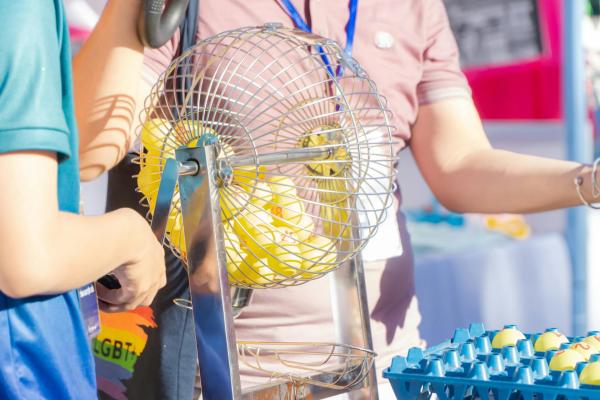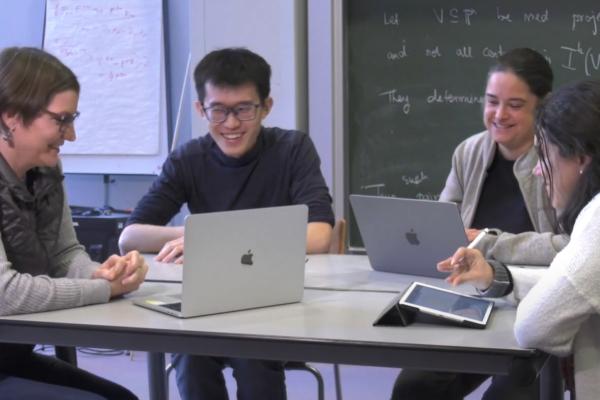
Contagious maths, part 1: Build your own model
With just some simple arithmetic, you can build a basic mathematical model of how a disease might spread. Julia Gog explains how, and there's also some Lego action...

With just some simple arithmetic, you can build a basic mathematical model of how a disease might spread. Julia Gog explains how, and there's also some Lego action...

You can explore how we might extend our model but running your own epidemic with our Lucky Dip interactivity. Follow along with Julia as she paves the way to a model that is very similar to the mathematics disease modellers use every day.

In Part 3 Julia refines our model to use one of the most important numbers in disease modelling. And there's a chance for you to explore its meaning using a new interactivity.

In the final Part we explore what other aspects we need to consider to make a model more realistic. There's an interactivity that allows you to party, commute, and visit friends and we find out more about what life as a research is like from Julia.

In this final part, you can meet the researchers themselves and find out about the real research questions that Julia and some of her colleagues are working on!


We are all longing to go into a lower tier, but this can come at a high price later on.

How are researchers in disease dynamics using mathematics to understand how the influenza virus replicates? This short, accessible article investigates.